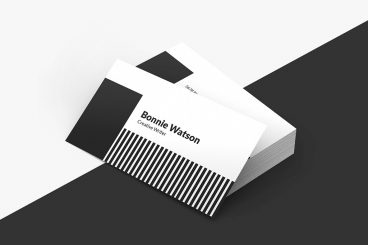Layouts / 16 Mar 2011
10 Tips for Troubleshooting a Lackluster Design
One of the biggest problems that designers struggle with is how to improve a design that didn’t quite hit the mark. Sometimes we’re on our game and can bust out a beautiful design in minutes, other times we struggle to complete something that should be simple.
Today’s post is a checklist that you can bookmark and refer back to for those times when you need a fresh perspective. Browse through the list for inspiration on how to improve a design that’s lacking in an area that you can’t quite identify.
